"Motors, Brownian Motors,
and Brownian Mechanosynthesis
I read a new paper today titled “A Bipedal DNA Brownian Motor with Coordinated Legs”, but I find that this has prompted me to write not about what is new there — an advance in mechanical DNA nanotechnologies that is related to purely-DNA-based logic circuits — but instead about motors, Brownian motors, and their relationship to Brownian nanomachines and mechanosynthesis.
I turns out that mechanically guided synthesis doesn’t require machines with motors.
Brownian Assembly
I’ve discussed how Brownian (‘self’) assembly differs from mechanically guided assembly. The advantages stem from spontaneous motion: components can reach the right position and orientation with no need for a mechanism that moves the same way. (A disadvantage, of course, is that components can also reach all the wrong destinations, so each component and its attachment site must bind together in a more-or-less unique way.)
Brownian Motors
Brownian motors also exploit random motion. There’s no need to provide a steady force to move something from A to B if it will move there spontaneously and can be latched in place when it arrives. This approach makes it possible to use chemical forces that operate across only short distances (~0.1 nm) to drive a machine that takes much larger steps (>1.0 nm); the short-range force need only provide the latch. Brownian motors [pdf review] can be implemented by applying this principle in a directed, cyclic process.
Non-Brownian Motors
All known biomolecular motors operate on the Brownian principle, which is well suited for soft machines. It is sometimes asserted in learned journals that nanoscale physics somehow [wave hands here] demands that all nanoscale motors be Brownian, but this is incorrect. For a counterexample, in Nanosystems (Section 11.7, “DC motors and generators”) I described and analyzed a non-Brownian electric motor in which a rotor is charged and discharged by electron tunneling and driven by electric fields; a paper last year in Physical Review Letters reports the apparently independent rediscovery of this principle of operation and provides a detailed molecular dynamics analysis of a specific embodiment. Motors of this class can be efficient, and mechanical scaling laws permit the power density to be extraordinarily high, >10–12 W/nm3 (= 1015 W/m3).
Brownian Mechanosynthesis
In classic machines, motors drive motion. Nanomachines can work the same way, as I’ve discussed elsewhere, yet in mechanosynthesis, the Brownian-motor principle requires no separate motor.
The fundamental principle of mechanosynthesis is the use of mechanical constraints to guide the motion of reactive molecules, accelerating reactions where molecules encounter one another, and suppressing reactions where they do not. There is, however, no reason why a constrained motion must be driven by a motor. Brownian fluctuations can drive the motion, and a thermodynamically favored reaction can serve, in effect, as latch at the end. The motion constraint will still suppress off-path reactions, and properly constrained motions — even when free along one or more coordinates — can still result in a greatly elevated effective concentration at a target reaction site, thereby greatly accelerating the intended reaction.
Because effective mechanosynthetic constraints can be provided by machines (including soft machines) that have neither motors nor power-transmission systems, the advantages of mechanosynthesis are more accessible than has often been assumed."






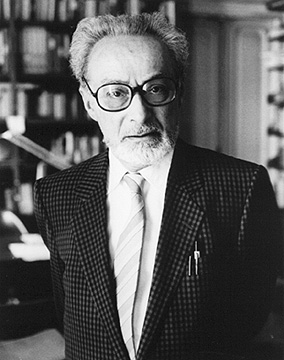


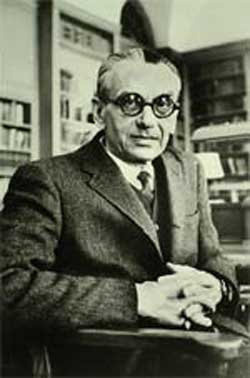















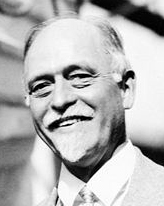
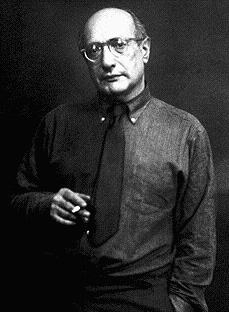










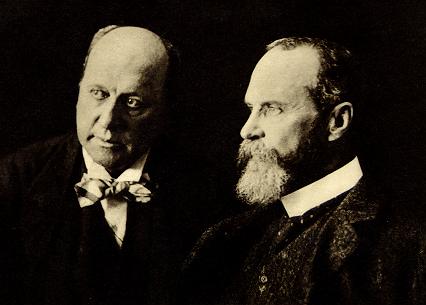


No comments:
Post a Comment